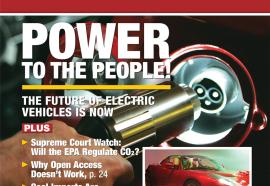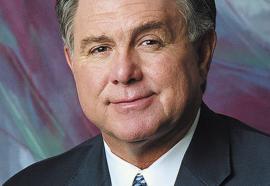Electricity in Europe And North America: The Grand Experiment
Has restructuring succeeded on either continent?
The era of polemics about electric competition is nearly over. It’s time to compare the relative performance of competition and traditional regulation as these two established models operate side-by-side.










